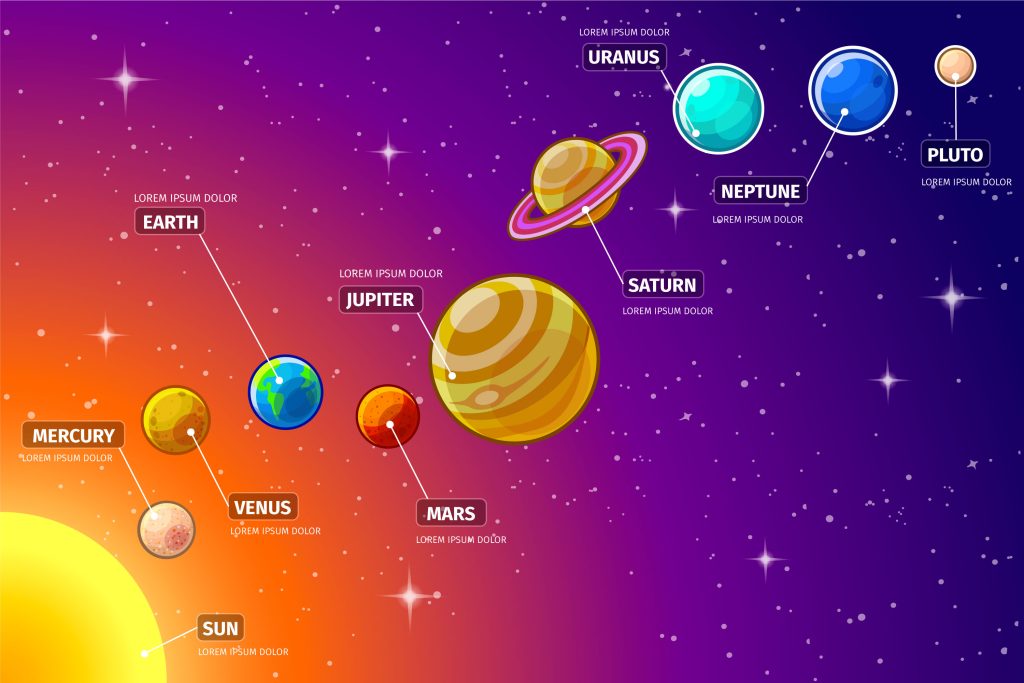
The invention of the lightbulb stands as one of the most transformative moments in human history. Before its creation, the darkness of night confined human activities, and reliance on natural light was limiting. In this article, we embark on a journey through time, exploring the brilliant minds and groundbreaking discoveries that culminated in the invention of the incandescent lightbulb—a revolutionary invention that illuminated the world.
Early Discoveries: Predecessors to the Lightbulb
The quest for artificial light dates back centuries. Early efforts included the use of oil lamps, candles, and gas lamps. In the early 19th century, inventors like Sir Humphry Davy experimented with electric arcs to produce light, but these early attempts were impractical for everyday use.
The Incandescent Concept: Sir Humphry Davy and Warren de la Rue
In 1802, Sir Humphry Davy demonstrated that an electric current passing through a platinum wire produced light, laying the groundwork for the concept of incandescence. Later, in the 1840s, Warren de la Rue furthered this idea by creating a practical incandescent lamp using a coiled platinum filament within a vacuum tube. Although promising, the high cost of platinum made it an impractical solution for widespread use.
The Carbon Filament Breakthrough: Joseph Swan and Thomas Edison
The breakthrough in developing a practical incandescent lightbulb came in the late 1870s with the independent work of Joseph Swan in the United Kingdom and Thomas Edison in the United States.
Joseph Swan: In 1878, Joseph Swan successfully demonstrated a working incandescent lamp with a carbonized paper filament. Swan’s invention received a patent in 1878 and was first publicly demonstrated in 1879.
Thomas Edison: In 1879, Thomas Edison filed a patent for an incandescent lamp using a carbonized bamboo filament, which he successfully tested later that year. Edison’s version was more durable and had a longer life compared to Swan’s, and he continued to improve the design, leading to the development of practical and commercially viable lightbulbs.
Edison’s Impact and Patent Wars
Thomas Edison’s incandescent lightbulb quickly gained popularity, and he established the Edison Electric Light Company in 1878 to produce and distribute electric lighting systems. Edison’s success triggered patent wars with other inventors and companies seeking a share of the emerging electric lighting market.
Advancements and Modern Lightbulbs
Over the years, advancements in lightbulb technology continued, leading to the development of various types of lightbulbs, such as tungsten filament bulbs, halogen bulbs, compact fluorescent lamps (CFLs), and light-emitting diodes (LEDs). Each new iteration brought improvements in energy efficiency, durability, and brightness.
The Global Impact
The invention of the lightbulb transformed human society, revolutionizing industries, commerce, and daily life. It extended the hours of productivity, enhanced safety and security, and enabled cities to flourish as vibrant centers of activity even after the sun set.
Lighting the Way Forward
The journey to the invention of the lightbulb was a testament to human ingenuity and persistence. The collective efforts of inventors like Sir Humphry Davy, Warren de la Rue, Joseph Swan, and Thomas Edison paved the way for the practical and widespread use of electric lighting. The lightbulb remains a beacon of progress and a symbol of illumination, continuing to shape the modern world and illuminate the path to the future. As we bask in the glow of artificial light, we pay tribute to the brilliant minds who lit the way for a brighter and more enlightened society.


